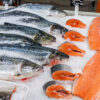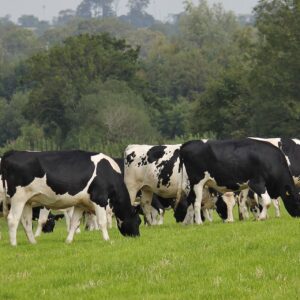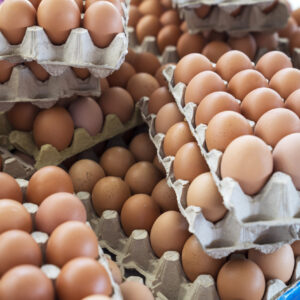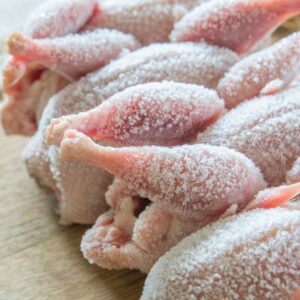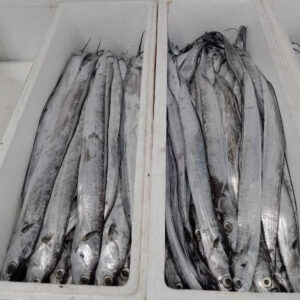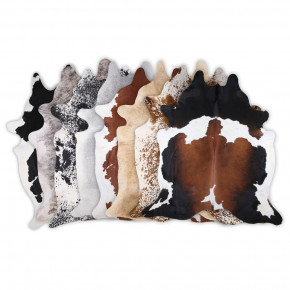Sardine Fish, any of certain food fishes of the herring family, Clupeidae, especially members of the genera Sardina, Sardinops, and Sardinella; the name sardine can also refer to the common herring (Clupea harengus) and to other small herrings or herringlike fishes when canned in oil. The European sardine (Sardina, or Clupea pilchardus)—known as pilchard in Britain—occurs in the Mediterranean Sea and off the Atlantic coasts of Spain, Portugal, France, and Britain. Clupea harengus is found throughout the North Atlantic, including coastal North America. The five recognized species of the genus Sardinops are so similar that they are sometimes classified as the single species S. sagax. The five species are found in different areas of the Pacific and Indian oceans and are fished off of western North and South America, Japan, Australia, and South Africa.
Sardine and pilchard / Sardine Fish are common names for various species of small, oily forage fish in the herring family Clupeidae. The term sardine was first used in English during the early 15th century; a somewhat dubious folk etymology says it comes from the Italian island of Sardinia, around which sardines were once supposedly abundant.
The terms sardine and pilchard are not precise, and what is meant depends on the region. The United Kingdom‘s Sea Fish Industry Authority, for example, classifies sardines as young pilchards. One criterion suggests fish shorter in length than 15 cm (6 in) are sardines, and larger fish are pilchards.
The FAO/WHO Codex standard for canned sardines cites 21 species that may be classed as sardines. FishBase, a comprehensive database of information about fish, calls at least six species pilchards, over a dozen just sardines, and many more with the two basic names qualified by various adjectives.
| Commercially significant species | ||||||||||||||
|---|---|---|---|---|---|---|---|---|---|---|---|---|---|---|
| Genus | Common name | Scientific name | Max. length | Typ. length | Max. mass | Max. age years |
Trophic level |
Fish- Base |
FAO | ITIS | IUCN status |
|||
| cm | in | cm | in | g | oz | |||||||||
| Sardina | European pilchard | Sardina pilchardus (Walbaum, 1792) | 27.5 | 10.8 | 20.0 | 7.9 | 15 | 3.05 | [18] | [19] | [20] | [21] |
||
| Sardinops | South American pilchard | Sardinops sagax (Jenyns, 1842) | 39.5 | 15.6 | 20.0 | 7.9 | 490 | 17 | 25 | 2.43 | [22] | [23] | [24] | [25] |
| Japanese pilchard[note 1] | Sardinops melanostictus (Schlegel, 1846) | [27] | [28] | [29] | ||||||||||
| Californian pilchard[note 1] | Sardinops caeruleus (Girard, 1854) | [30] | [31] | [32] | ||||||||||
| southern African pilchard[note 1] | Sardinops ocellatus (Pappe, 1854) | [33] | [34] | [35] | ||||||||||
| Sardinella | Bali sardinella | Sardinella lemuru (Bleeker, 1853) | 23 | 9.1 | 20 | 7.9 | [36] | [37] | [38] | [39] |
||||
| Brazilian sardinella | Sardinella brasiliensis (Steindachner, 1879) | 3.10 | [40] | [41] | [42] | [43] |
||||||||
| Japanese sardinella | Sardinella zunasi (Bleeker, 1854) | 3.12 | [44] | [45] | [46] | [47] |
||||||||
| Indian oil sardine | Sardinella longiceps (Valenciennes, 1847) | 2.41 | [48] | [49] | [50] | [51] |
||||||||
| Goldstripe sardinella | Sardinella gibbosa (Bleeker, 1849) | 2.85 | [52] | [53] | [54] | [55] |
||||||||
| Round sardinella | Sardinella aurita (Valenciennes, 1847) | 3.40 | [56] | [57] | [58] | [59] |
||||||||
| Madeiran sardinella | Sardinella maderensis (Lowe, 1839) | 3.20 | [60] | [61] | [62] | [63] |
||||||||
| Marquesan sardinella | Sardinella marquesensis (Berry & Whitehead, 1968) | 16 | 6.3 | 10 | 3.9 | 2.90 | [64] | |||||||
| Dussumieria | Rainbow sardine | Dussumieria acuta (Valenciennes, 1847) | 20 | 7.9 | 3.40 | [65] | [66] | [67] | [68] |
|||||

